Population growth:
- The 7.5 billion people alive today represents about 6.5% of all human beings *ever* born.
- Global population growth rate peaked in 1962 at 2.1% pear year & fell to almost half since then.
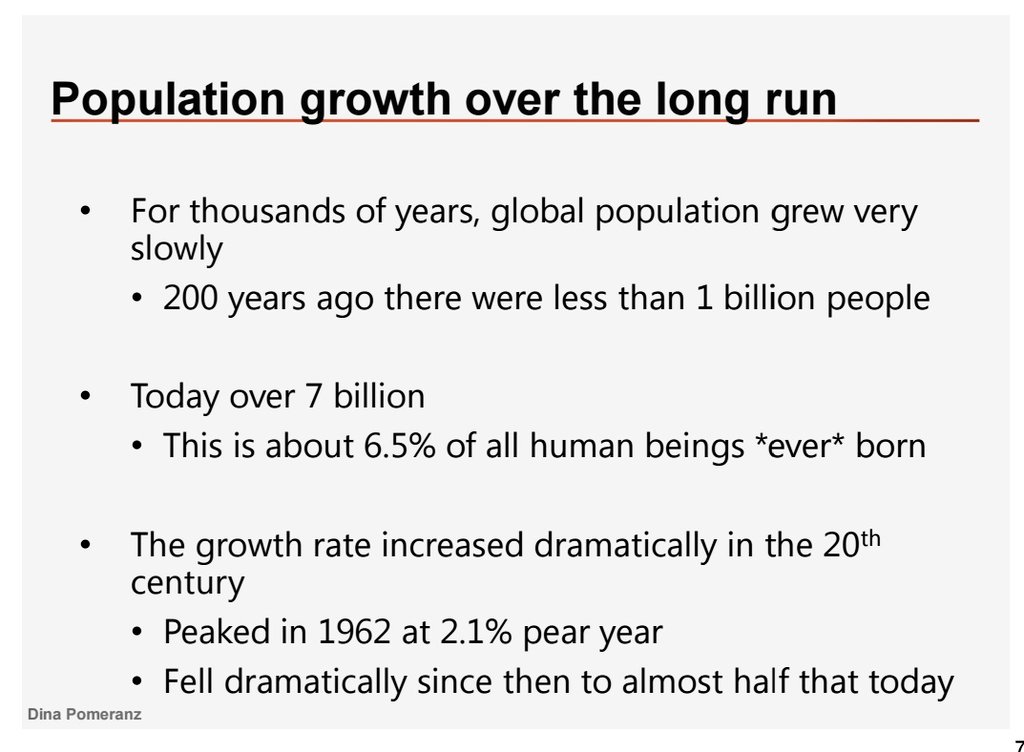
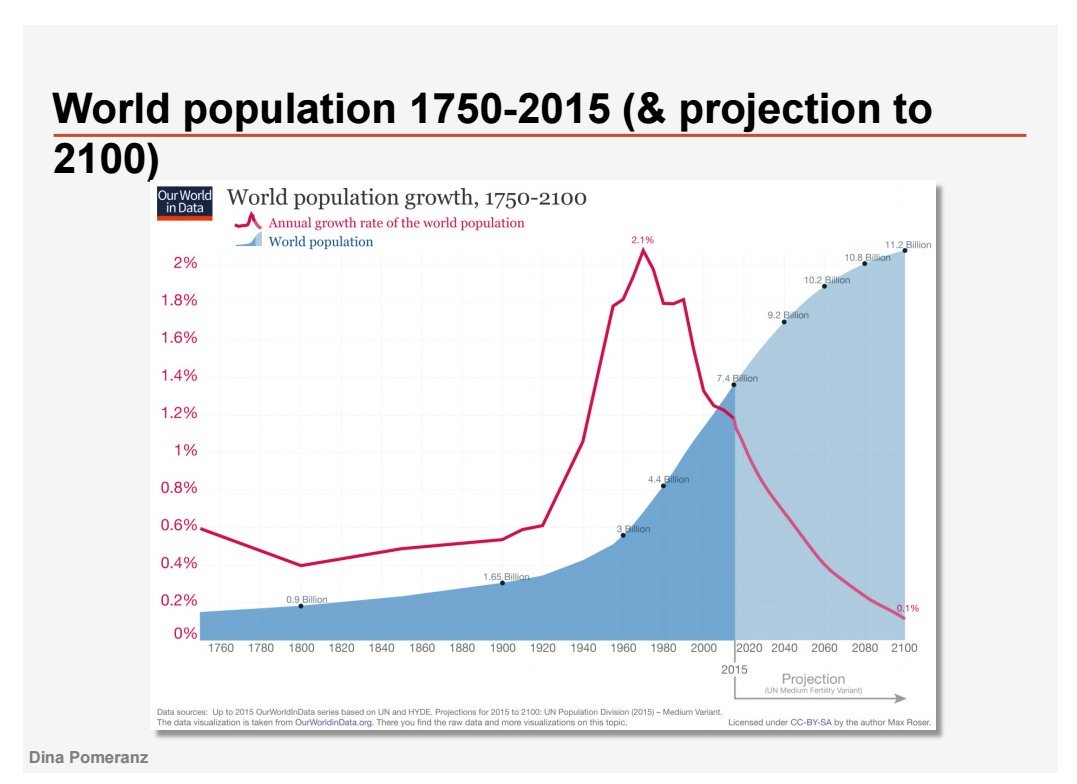
How quickly African population growth rate will fall, as the continent goes through the demographic transition, will play an important role in determining how large the total global population will end up being.
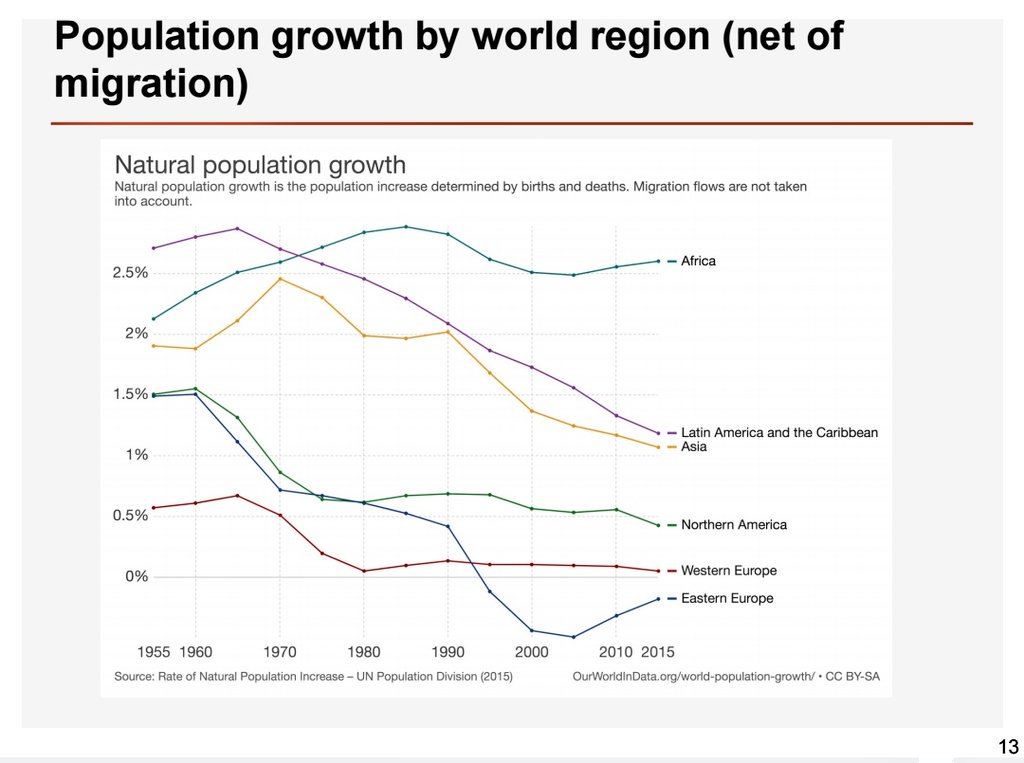
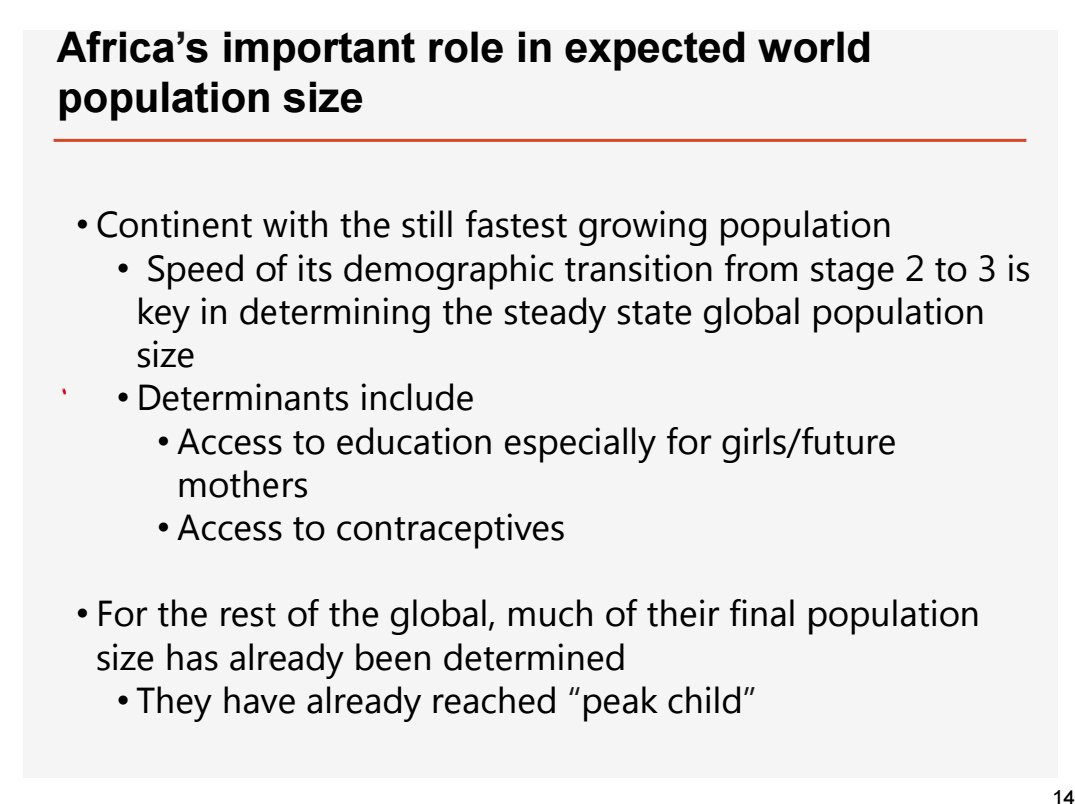
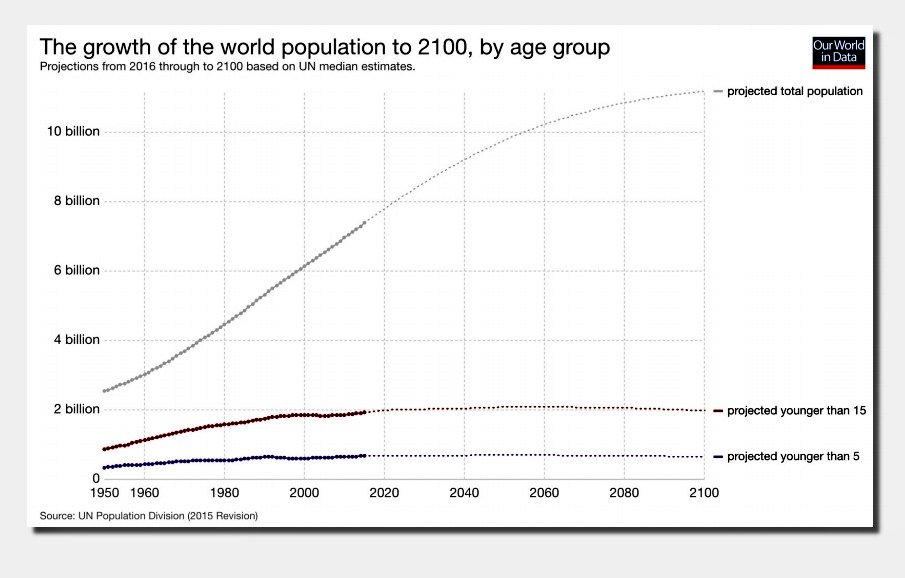
Because younger generations are larger than the earlier ones. So as older -smaller- cohorts die & younger grow up, total population grows even if fertility & mortality are unchanged
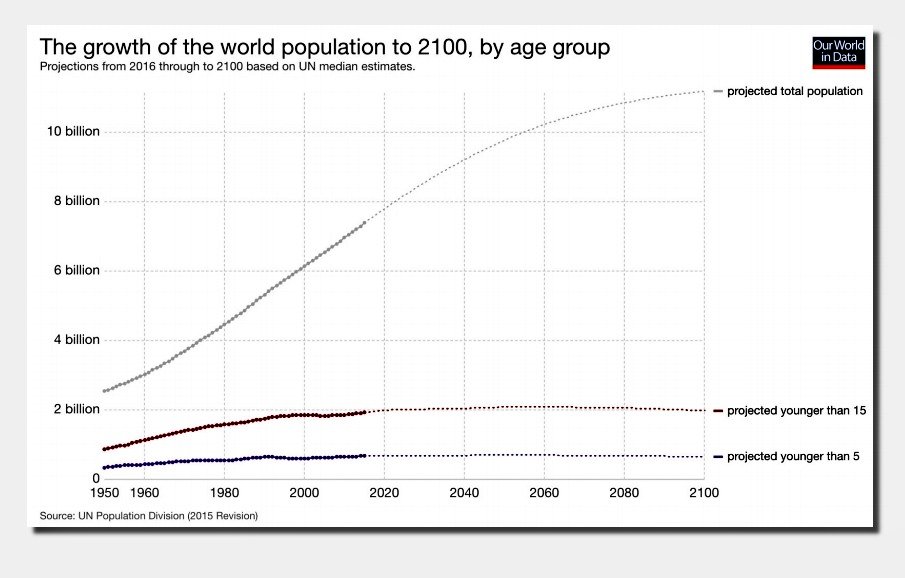
Relevant section of the video starts at this link:


Here 1940, 1980, 2000, 2015:

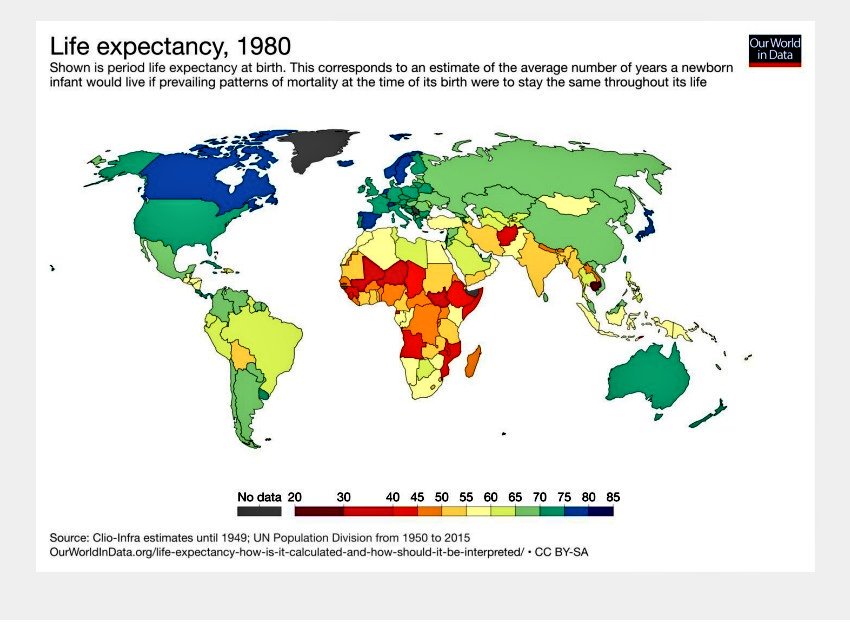
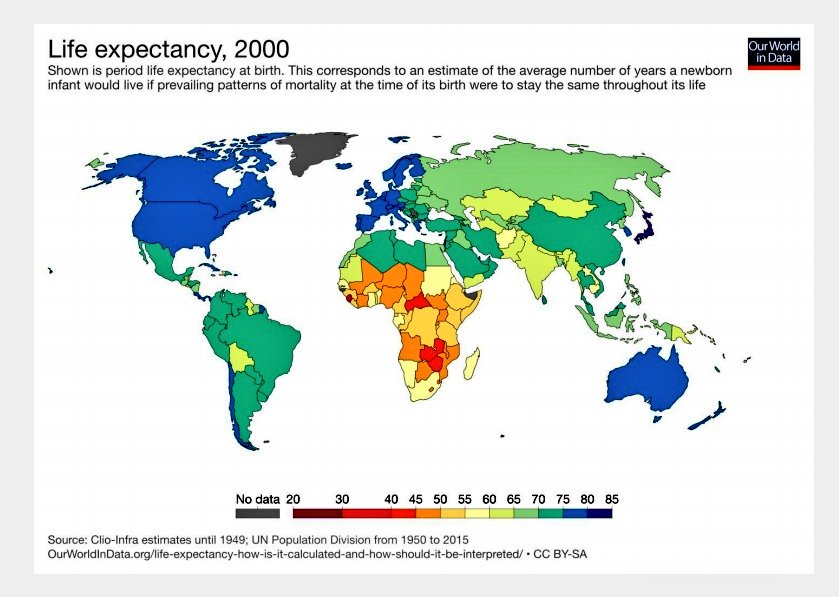
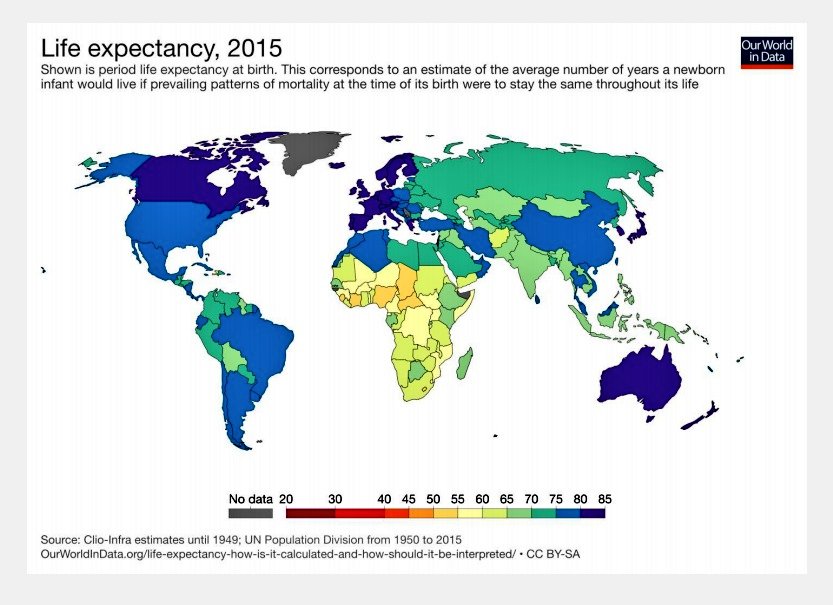
Two different concepts:
"Cohort life expectancy" tries to predict how old current people will grow.
"Period life expectancy" = how old someone would be expected to grow if current mortality rates would hold through their entire life.
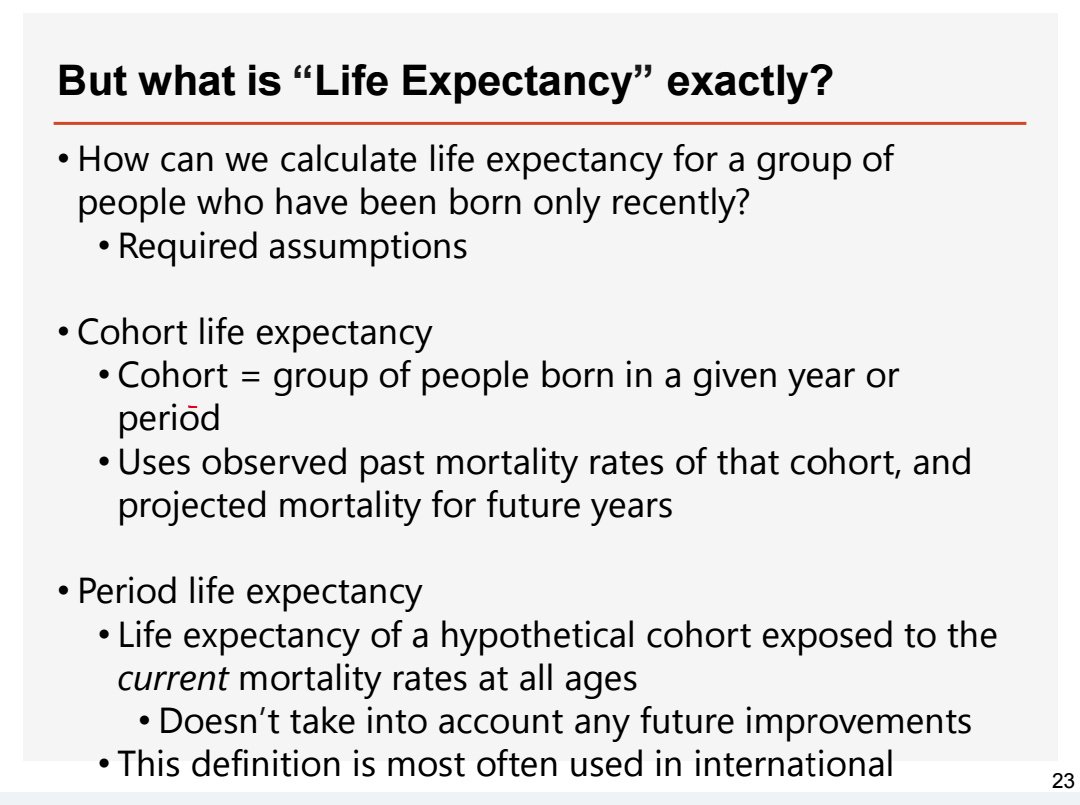
1900: 36 out of 100 children died before reaching age 5
2000: 7.6 out of 100 children
2015: 4.3 out of 100 children
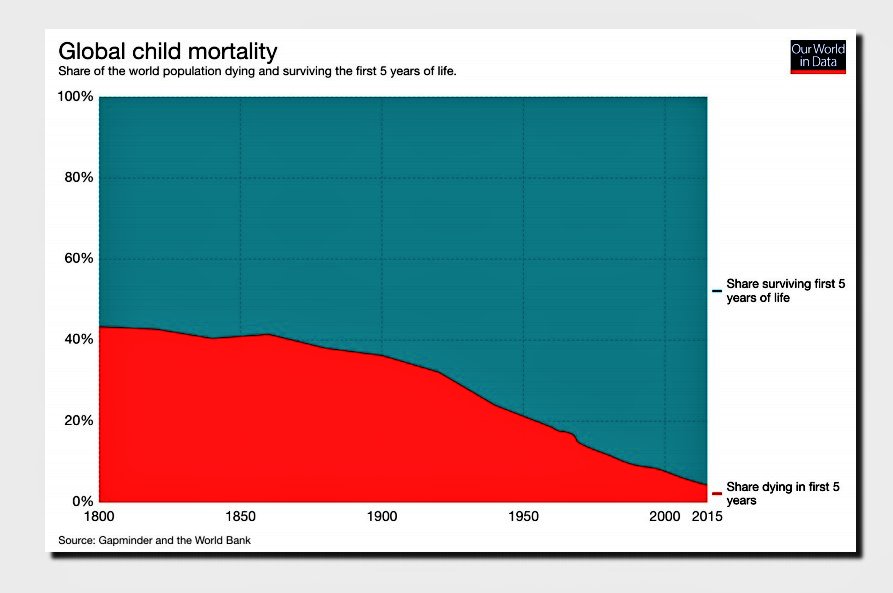

- The country with the worst child mortality in 2013 (Angola), has half
the child mortality of the best country in 1800 (Belgium)
- Nepal in 2013 had about the same child mortality as Sweden in the
1950/60s
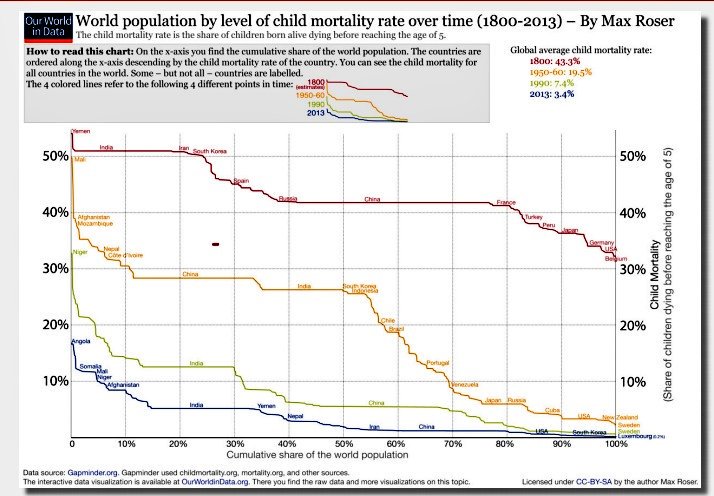
Africa’s child mortality today is lower than Europe’s in 1950
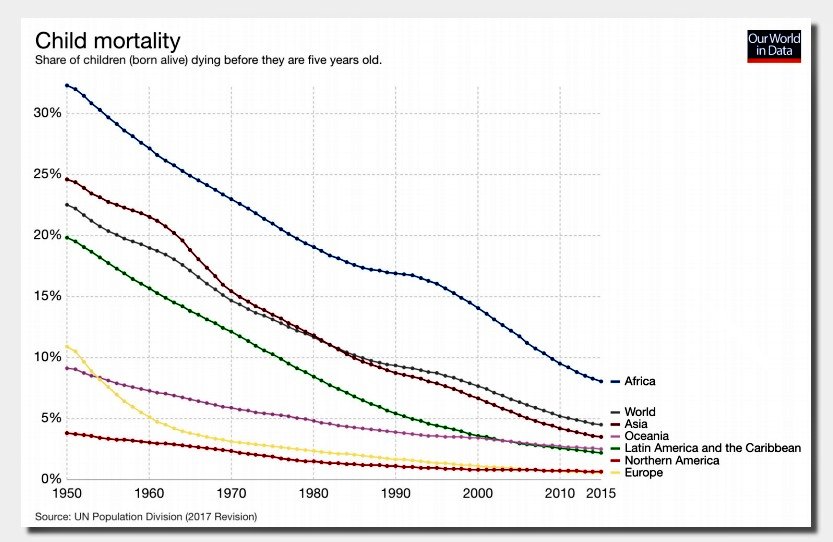
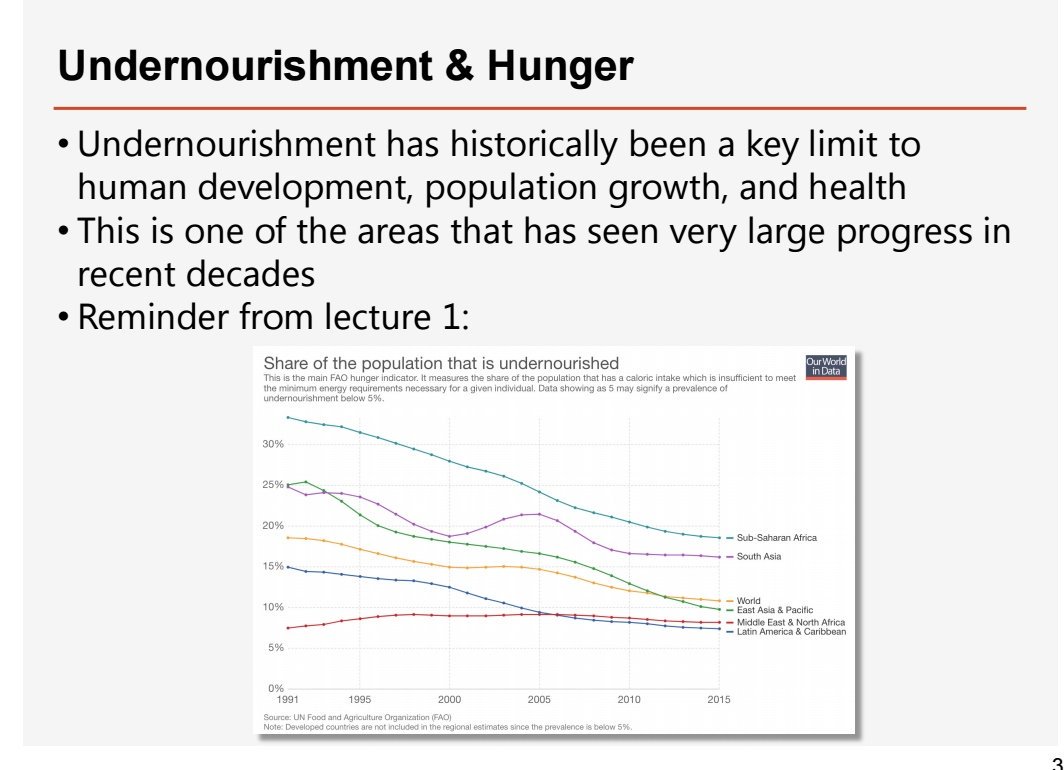
Stunting (children being too short for their age due to chronic undernourishment) has been falling significantly in the last 25 years, but is still remains high in many regions:
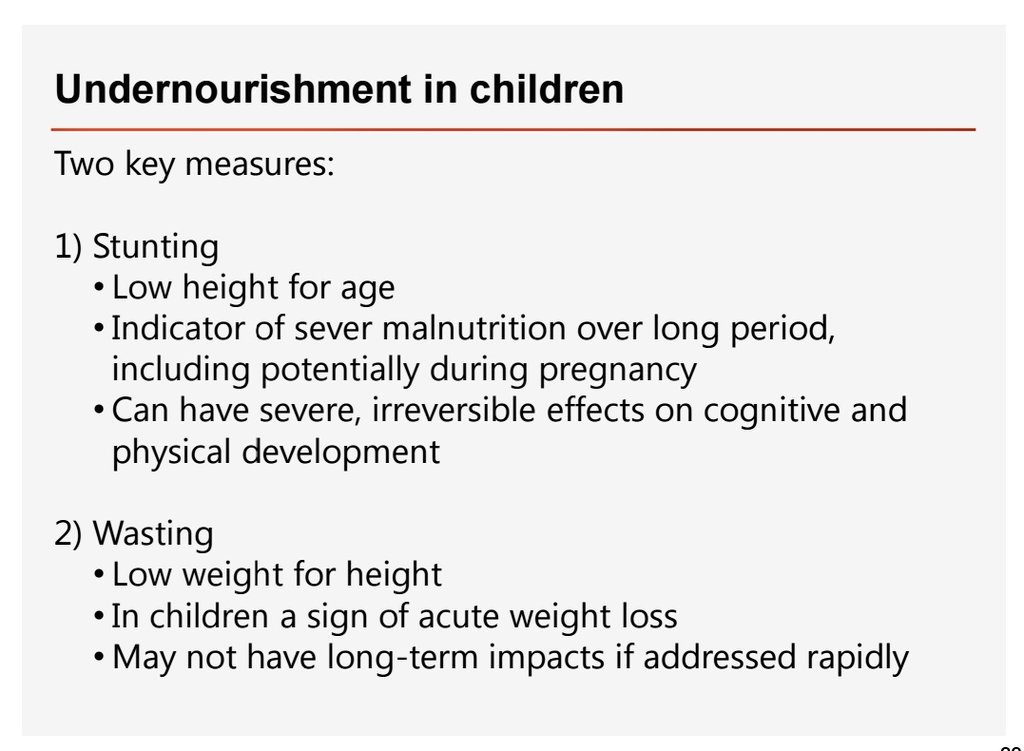
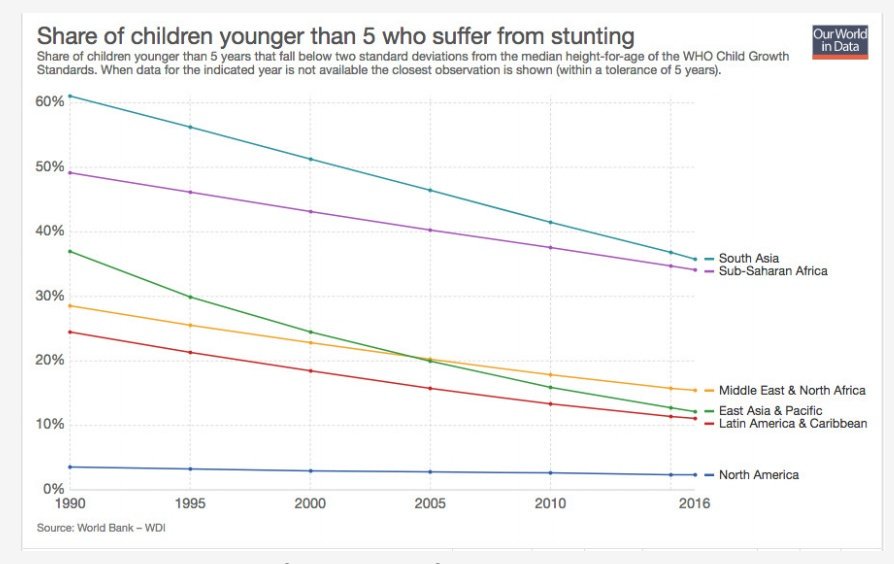
Deaths from famines have fallen dramatically over the last century.
In today's world of abundant food, famines are less a function of natural disaster and mostly a result of human failure.

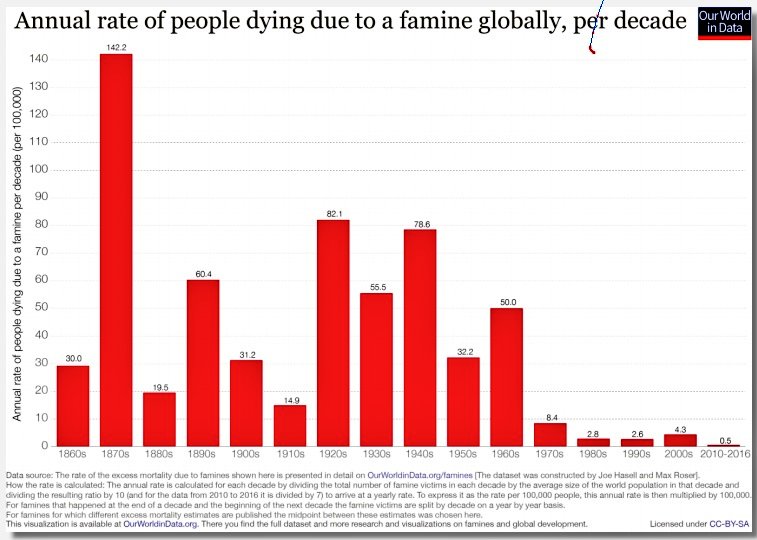
How can we measure the effect of a policy change or an aid project in a way that shows causality, rather than correlation?
What was the impact of the program on the primary outcome? Did it lead to an increase or a decrease of the outcome?
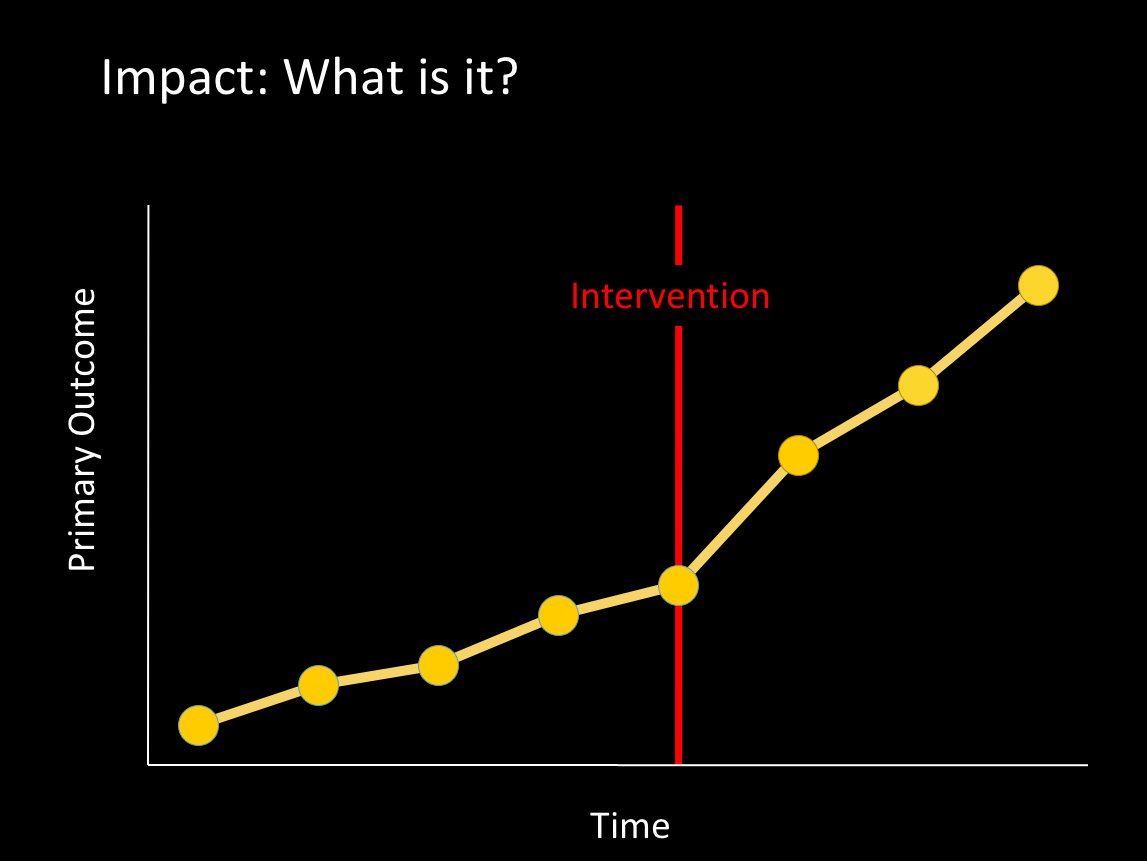
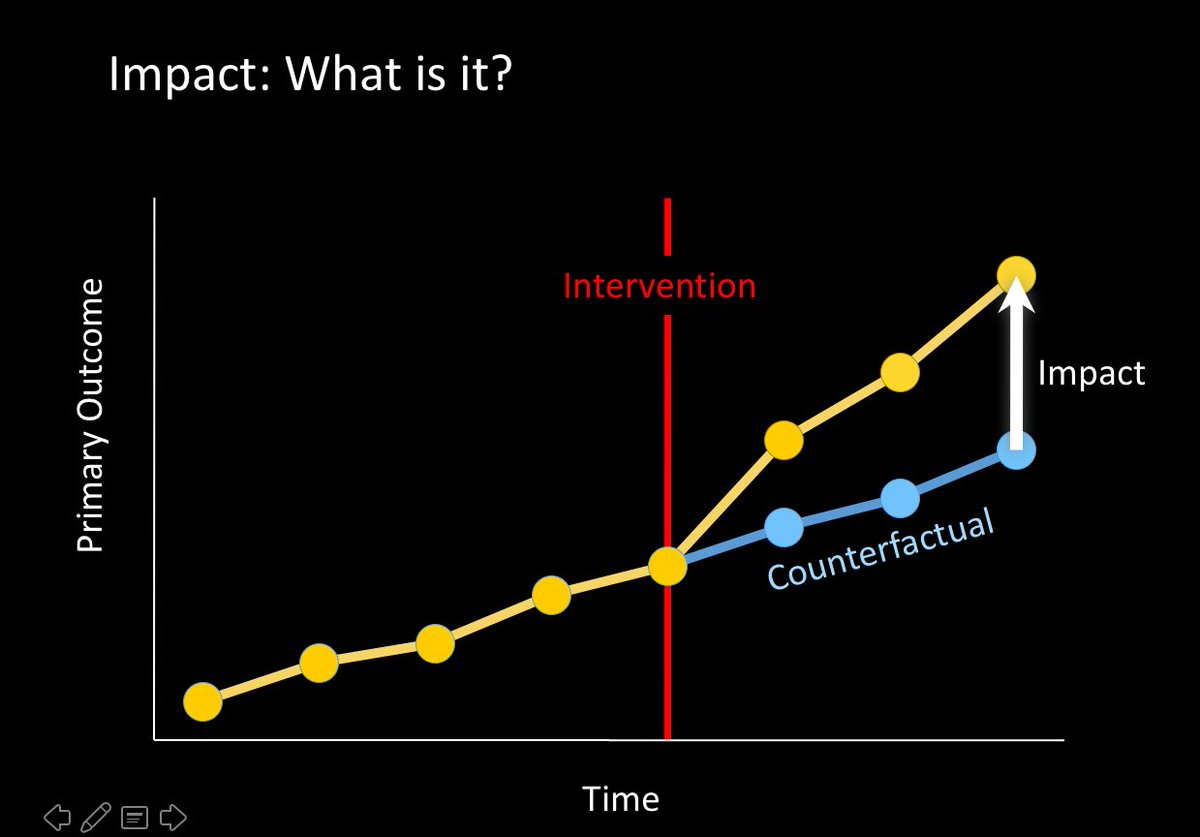
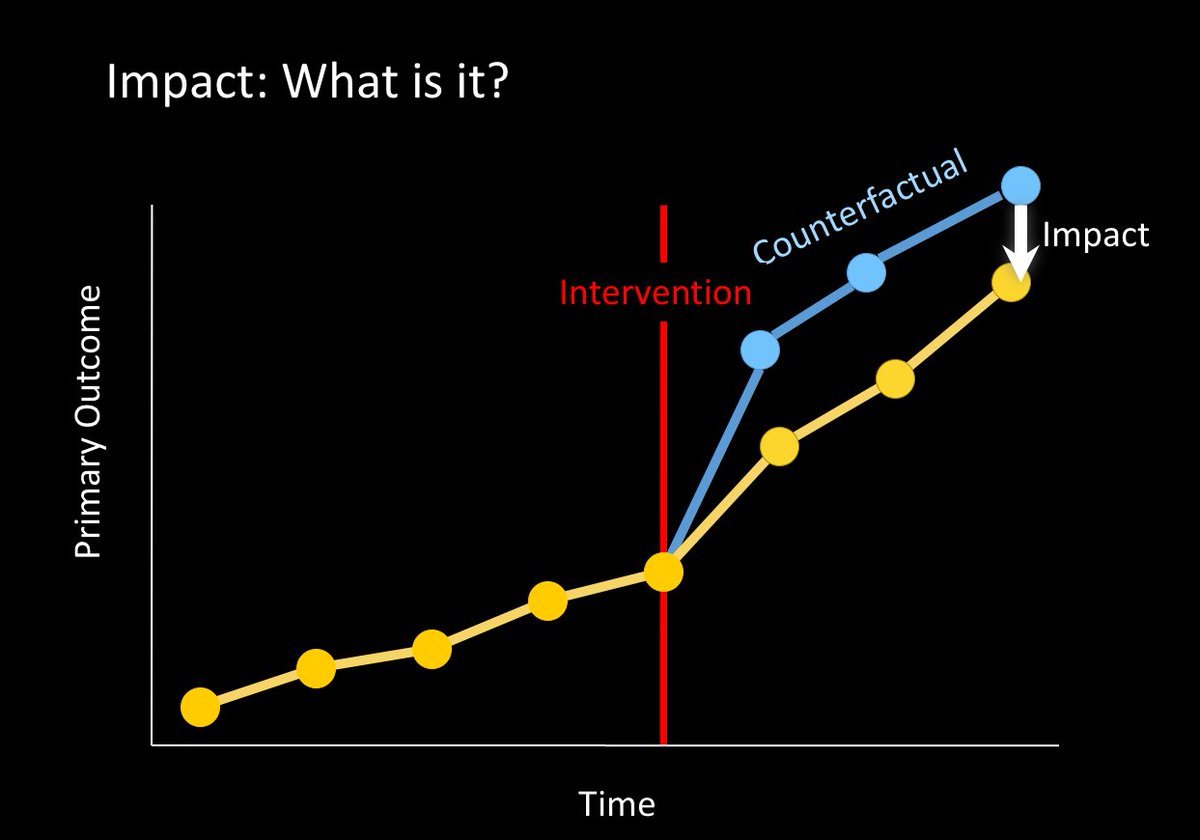
To measure the impact, we need to capture the difference between what happened and what the counterfactual would have been.
Challenge: we don't know the counterfactual.

When people are assigned randomly to the treatment and the control group, then the control group can serve as an estimate of the counterfactual.

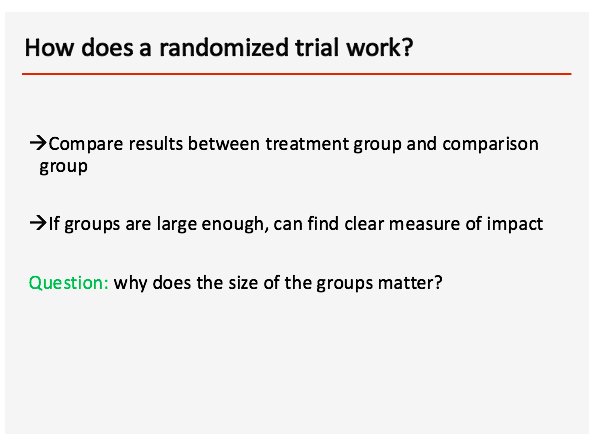
ted.com/talks/esther_d…

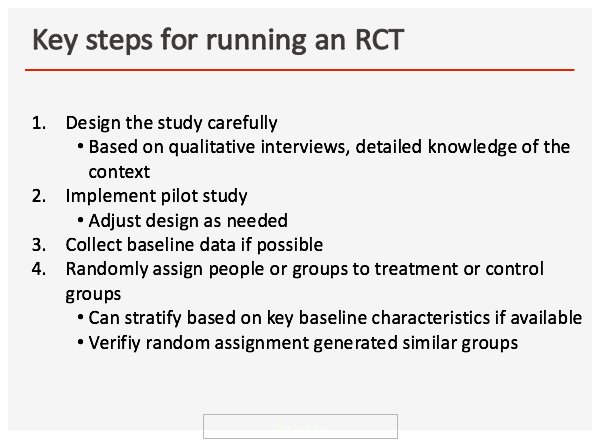
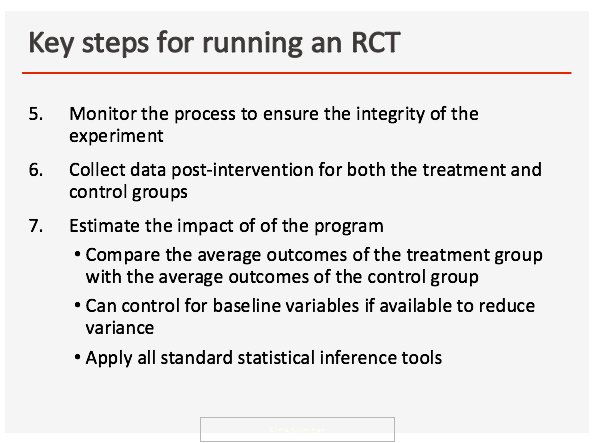

Source for most of the global statistics shown in the thread: ourworldindata.org

















